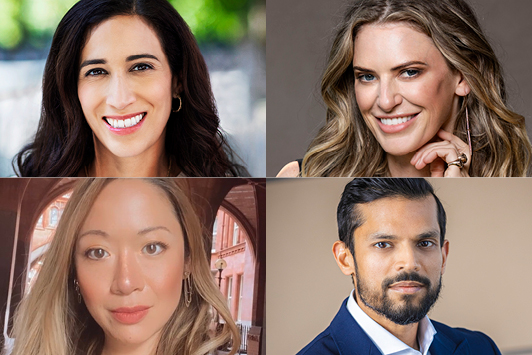 What the NGOs say
What the NGOs say
Whenever a non-governmental organization (NGO) announces its intention to put the diamond sector under a loupe, there is a flutter of disquiet. With no stake in the industry, these organizations feel little need to buff shine into their reports — unlike those from within the trade, which tend to celebrate progress rather than punish transgression.
A seminal year for NGOs and diamonds was 2018. That was when Canadian organization Impact publicly cut ties with the Kimberley Process (KP) and accused it of giving buyers “false confidence” due to its lack of rigor.
Global Witness, meanwhile, criticized the
World Diamond Council (WDC) for the reforms to its System of Warranties, which the charity’s campaign manager, Sophia Pickles, described as more “a token attempt to appease criticism of the diamond industry’s failings than a real step toward ensuring that the diamond trade does not continue to fuel human rights abuses.”
It was also the year that
Human Rights Watch (HRW) released a report titled “The Hidden Cost of Jewellery.” Besides outlining the general pros and cons of diamond mining, the report targeted 13 major jewelry players and “found that most companies still fall short of meeting international standards.” None of the jewelers in its sights achieved a rating of “excellent,” and only
Tiffany & Co. merited a “strong” label. Boodles, Chopard and Harry Winston were branded “weak.”
HRW also referred to the jewelry trade’s “overreliance” on the
Responsible Jewellery Council (RJC) for due diligence.
“The RJC has positioned itself as a leader for responsible business in the jewelry industry, but has flawed governance, standards, and certification systems,” the report said. “Despite its shortcomings, many jewelry companies use RJC certification to present their gold and diamonds as ‘responsible.’ This is not enough.”
Since then, NGOs and the diamond industry have continued both to clash and collaborate. In 2020, sustainability-focused group Resolve teamed up with conflict-prevention charity the Diamond Development Initiative (DDI) to create the Maendeleo Diamond Standards, which aim to improve artisanal mining by working with governments. “In a world defined by the Covid-19 pandemic, collaboration is the only means to tackle sustainability and health challenges,” said Resolve chief executive Stephen D’Esposito.
In June 2021, the
Kimberley Process Civil Society Coalition (KPCSC) organized a strategic meeting on diamonds and the challenges facing affected communities. The move was part of its “We Need to Talk About Diamonds” campaign, which advocates that businesses take due diligence further than the KP framework. In its 2019 report “Real Care Is Rare,” the KPCSC declared care a necessary fifth “C” for evaluating diamonds. Blood diamonds still exist, the document stated, with private security guards patrolling mines and performing the role of soldiers in war zones.
Another group that has highlighted this issue is
Rights and Accountability in Development (RAID), which recently wrote to
Petra Diamonds’ major debt holders about human rights abuses at the miner’s Williamson deposit in Tanzania. In a 2020 report titled “The Deadly Cost of ‘Ethical’ Diamonds,” it made claims that at least seven people had died at the hands of security personnel since Petra took over in 2009, with a further 41 people suffering assault. “Petra Diamonds promotes an ethical image to help sell its diamonds,” the report read, “but that image is contradicted by the experiences of local community members.”
What industry insiders say
Images clockwise from top left: Christina Gandia Gambale; Emily Wheeler; Vishal Mehta; Jayce Wong
Article from the Rapaport Magazine - April 2022. To subscribe click here.